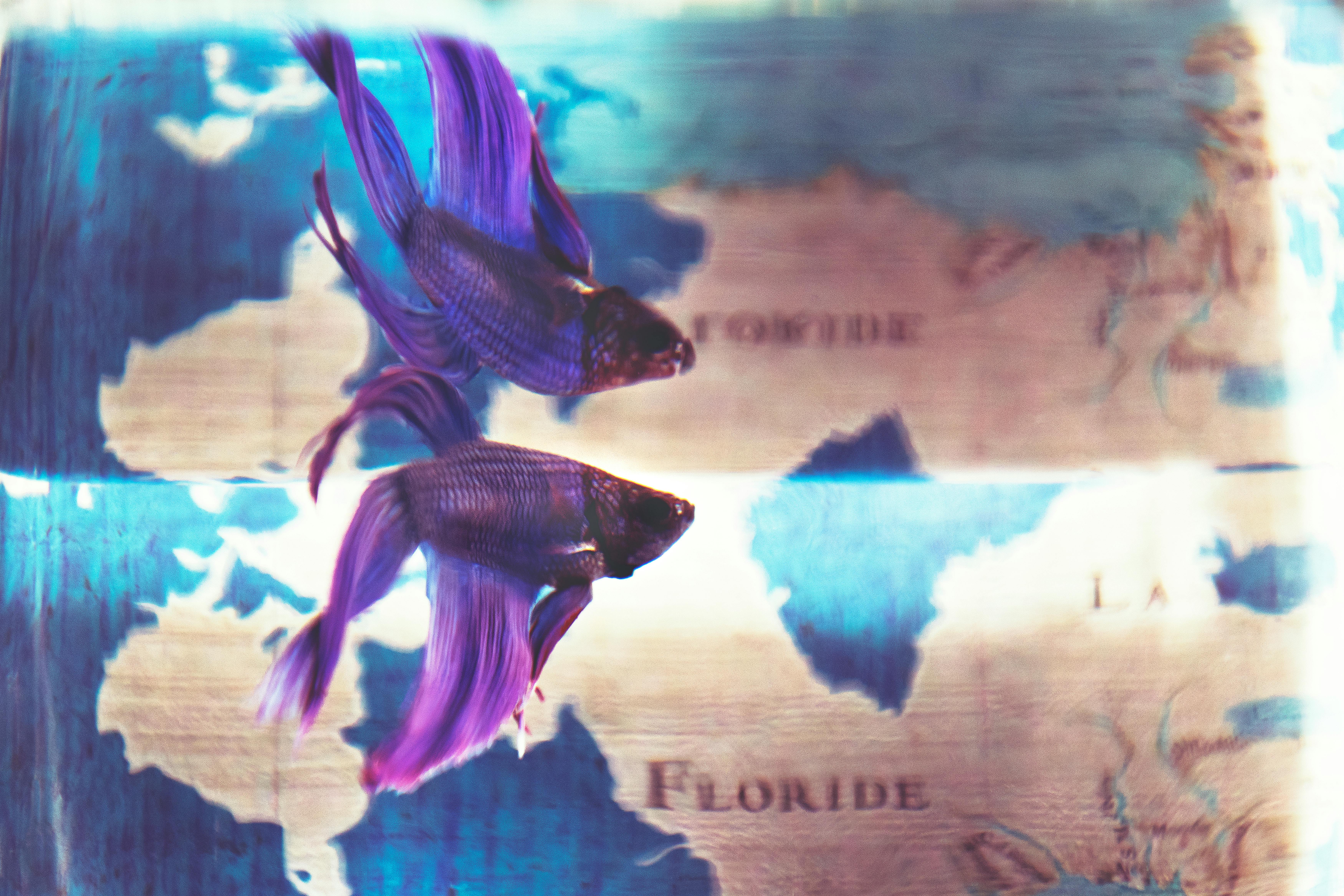Italian dog breeds discovered: Neapolitan Mastiff and Italian Greyhound
In this article I’m going to shed some light on two of the lesser-known dog breeds that have been credited with guarding. The first is the Neapolitan Mastiff, a monster of a creature with its roots in Assyro-Babylonian times, while the other is the Italian Greyhound.
Let’s start with the bigger brute of the two!
Neapolitan mastiff
The dog belongs to the breed of Mastiffs, an ancient breed that dates back to Assyro-Babylonian times, later also adopted by the Romans. The Neapolitan Mastiff was used as a guard dog and even as a soldier! Unfortunately, this breed was at risk of extinction, which was fortunately noticed in the post-WWII period, especially in the area around Naples, for which it is now called the Neapolitan Mastiff.
General appearance
The Neapolitan Mastiff is a very large dog with an imposing physique. They usually weigh between 60 and 70 kilograms! His jaw is abnormally strong; in fact, it is the strongest jaw in the canine world. With just one bite they can break a cow’s neck! This breed has short hair and the skin forms wrinkles on the neck and face. The Neapolitan Mastiff’s coat can be dark gray or black with a white marking on the chest or legs.
Personality
The Neapolitan Mastiff is a guard dog by nature. Always vigilant, this dog patrols and protects its territory and that of its owners. Even when it seems that a mastiff is not paying attention; in reality, it is protecting its territory: in fact, if you give a mastiff an area to protect, the dog will instinctively guard and protect it. They are very loyal, proud and intelligent. They may appear as mere watchdogs, but they are much more than that; They are affectionate, they love their owners and families and, like all dogs, they love to play.
Health concerns
This breed usually has a lifespan of 6 to 8 years. Even if it has such an imposing build, there are some health problems that are unfortunately common in Neapolitan Mastiffs. Your bones in particular can get quite weak with age. Like all dogs, a correct and balanced diet is necessary to ensure their well-being.
The Neapolitan Mastiff is a great dog. Even if many people believe that you have an aggressive nature by nature, this is simply not true; They are not bad dogs, however there are many bad owners. If you choose a Neapolitan Mastiff as a companion, you will have a faithful and protective friend in this majestic and ancient dog.
The second breed of dog I wanted to ingratiate you with is the Italian Greyhound, which also has its own unique history, so read on.
The Italian Greyhound
The Italian Greyhound is one of the oldest dog breeds – fossilized remains have been found in Egypt dating back over 5000 years! In Italy there are texts and sculptures from the Roman and Etruscan times that show that this breed was common. It is a very popular hunting dog and excels at hunting pheasants and hares. It is also used as a racing dog.
General appearance
This breed is a miniature version of the regular greyhound. Italian greyhounds can be 32 to 38 cm tall and usually weigh between 4 and 8 kilograms. At first glance, they look like a bundle of skin and bones! He has a full and strong chest with abdominal muscles that curve towards the stomach. Its legs are long and thin, made for fast running. They are often called the streamlined dog, as they are actually very fast – up to 40-60 km / h! The head is very small, long and pointed. Given its fine bone structure, this dog is very fragile. Hair is always short and straight, with colors ranging from black and gray to tawny.
Personality
The Italian Greyhound, it must be said, is a very docile dog. He is usually quite reserved, but still very affectionate and affectionate. With its grace and natural elegance, the Italian Greyhound is a sight to behold. Known for being a great companion, this breed loves to be around people. Sometimes even though you can get shy and scared easily, but you will never get scared while hunting, you can be sure of that!
Health concerns
Unfortunately, this breed has several health problems. The most common are broken legs, loss of color, hair loss, periodontal disease, cataracts, and progressive retinal atrophy. More serious health problems include epilepsy, hip degeneration, bleeding disorders, liver problems, or autoimmune diseases.
